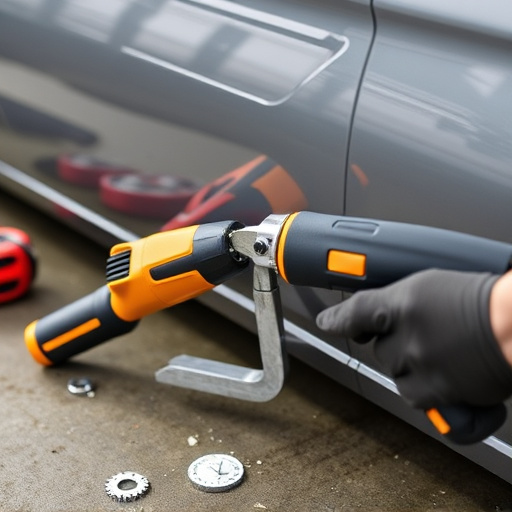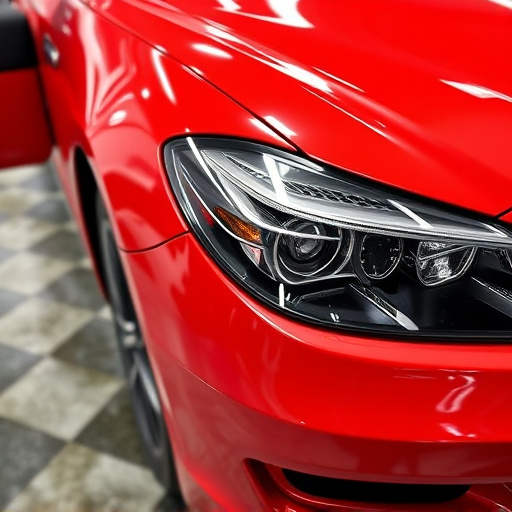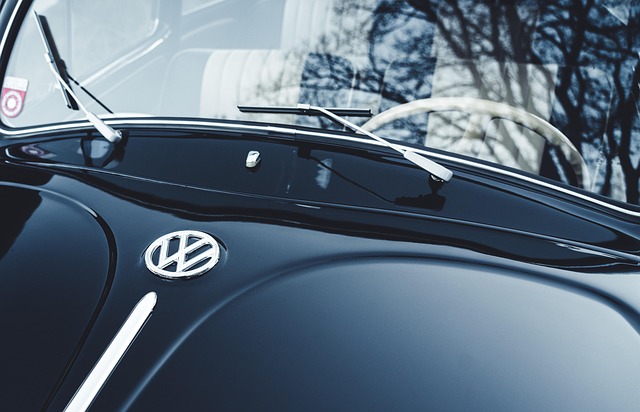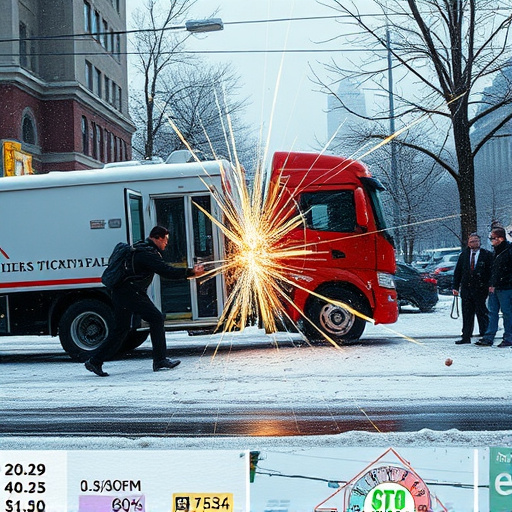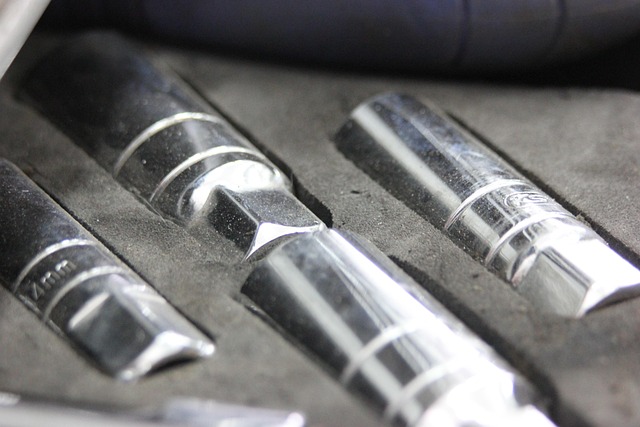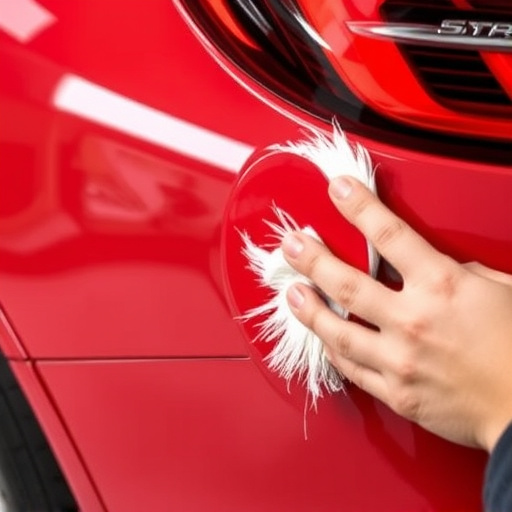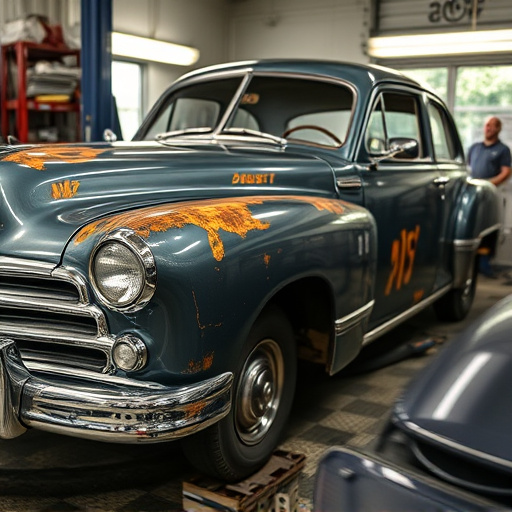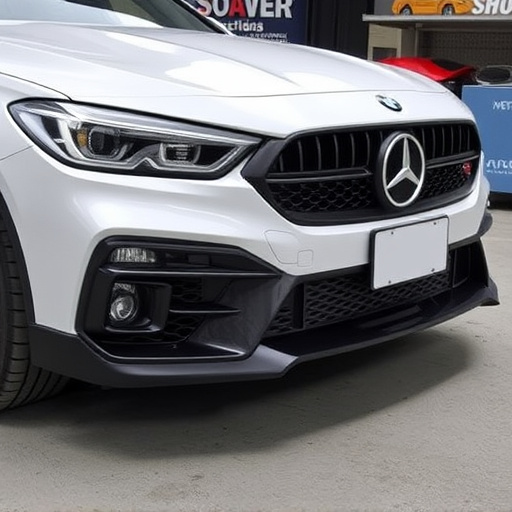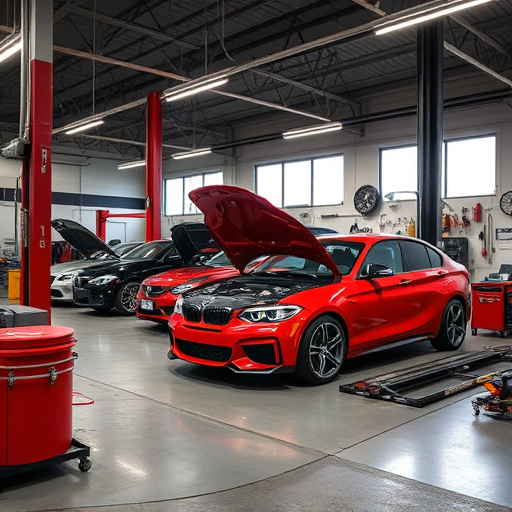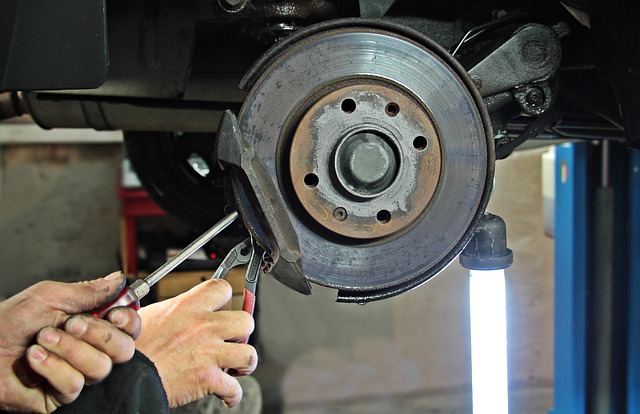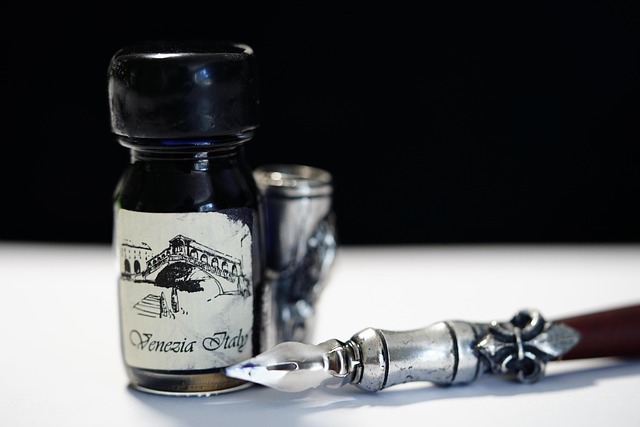Understanding and adhering to ANSI Z240 standards is crucial for automotive safety, especially after collisions. Tempered glass, created through a heating and cooling process, maintains structural integrity under sudden forces. Safety verification involves drop tests, edge crush tests, visual inspections, and quality control checks by certified professionals. Proper installation practices, employing specific methods, tools, and adhesives, prevent hazards like shattering. Training in tempered glass installation is essential for luxury vehicle repair centers to meet high safety standards.
Verifying that your tempered glass meets safety standards is paramount for ensuring structural integrity and user protection. This comprehensive guide explores the essential steps in the process, from understanding industry-recognized tempered glass standards to employing advanced testing methods. We delve into best practices for proper installation, emphasizing the crucial role it plays in maintaining safety. By adhering to these guidelines, you can rest assured that your tempered glass installations are both robust and secure.
- Understanding Tempered Glass Standards
- Testing Methods for Safety Verification
- Ensuring Proper Installation Practices
Understanding Tempered Glass Standards
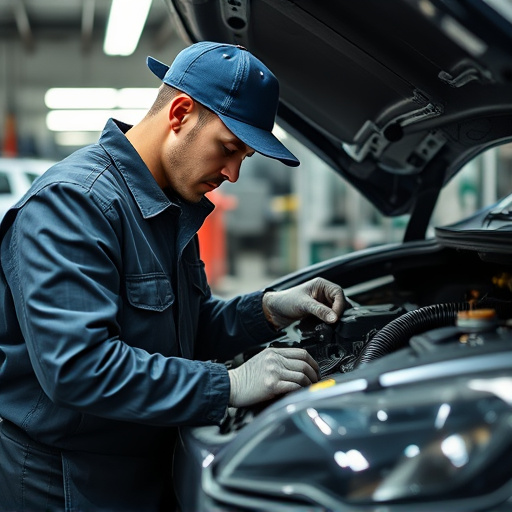
When it comes to safety, especially in vehicles, understanding the standards that tempered glass meets is paramount. This type of glass undergoes a rigorous process to ensure its strength and durability, making it a preferred choice for automotive applications after a fender bender or car body repair. The primary standard, often referred to as the ANSI (American National Standards Institute) Z240, outlines the requirements for tempered glass installation, including its resistance to shattering and the specific performance criteria it must meet under various conditions.
For vehicle body shops dealing with the aftermath of minor collisions, known as fender benders, adhering to these standards is crucial. Tempered glass used in car body repair should be able to withstand sudden impacts without breaking into sharp fragments, thus minimizing the risk of injury. This is achieved through the controlled heating and cooling process that creates a strong, yet flexible interior layer, ensuring it remains intact even under stress. By meeting these tempered glass standards, vehicle body shops can offer not only high-quality repairs but also enhanced safety features for their clients.
Testing Methods for Safety Verification
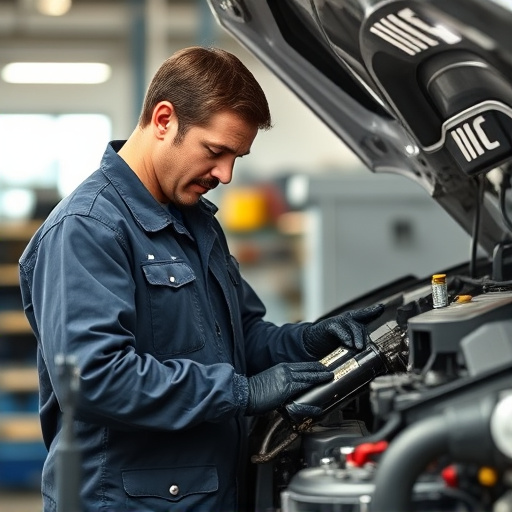
When verifying that tempered glass meets safety standards for installation, several testing methods are employed to ensure its durability and impact resistance. One common approach involves drop tests, where a standardized weight is dropped from a specific height onto the glass to mimic real-world impacts. If the glass survives without shattering or cracking, it passes the test. This method is crucial for applications like vehicle repair services, ensuring that automotive repair parts, such as windows in Mercedes Benz repairs, can withstand sudden forces without compromising safety.
Another critical testing technique is the edge crush test, which assesses the glass’s ability to resist fracture when pressure is applied at its edges. This is particularly relevant for tempered glass used in vehicles and other structures where stress concentrations are common. In addition to these, visual inspections and quality control checks by certified professionals are essential steps in the verification process, ensuring that the final product meets all safety standards before its installation.
Ensuring Proper Installation Practices
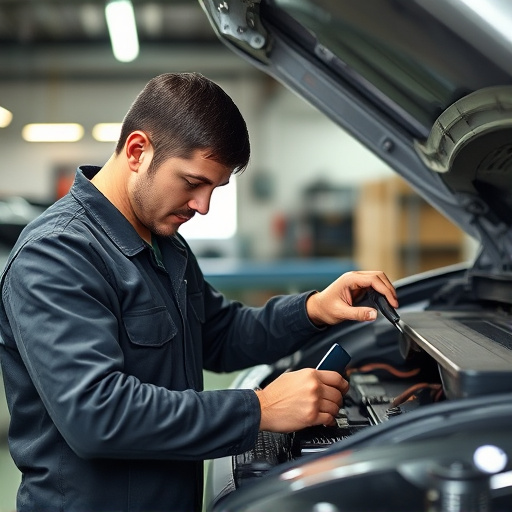
Proper installation practices are paramount when it comes to ensuring tempered glass meets safety standards. Tempered glass is designed to be strong and durable, but any imperfections during installation can compromise its integrity. Skilled technicians employ specific methods to guarantee a seamless fit, using specialized tools and adhesives suitable for the task. This meticulous approach not only enhances structural stability but also prevents potential hazards, such as shattering or unexpected breakage, especially in high-stress areas like car windshields or luxury vehicle repair centers’ collision centers.
In the context of car scratch repair or luxury vehicle repair, adhering to proper installation practices is crucial. The last thing a collision center wants is for newly replaced tempered glass to fail, leading to further damage and increased costs. Therefore, training and certification in tempered glass installation are essential for all professionals involved, ensuring that each step, from preparation to final inspection, meets the highest safety standards.
When it comes to ensuring safe and reliable tempered glass installations, adhering to stringent standards is paramount. By understanding the necessary testing methods and proper installation practices discussed in this article, you can verify that your tempered glass meets all relevant safety criteria. This not only safeguards against potential hazards but also enhances the overall durability and aesthetic appeal of your glass structures. Remember, a well-installed tempered glass product is a testament to the harmony between functionality and safety in modern architecture.
